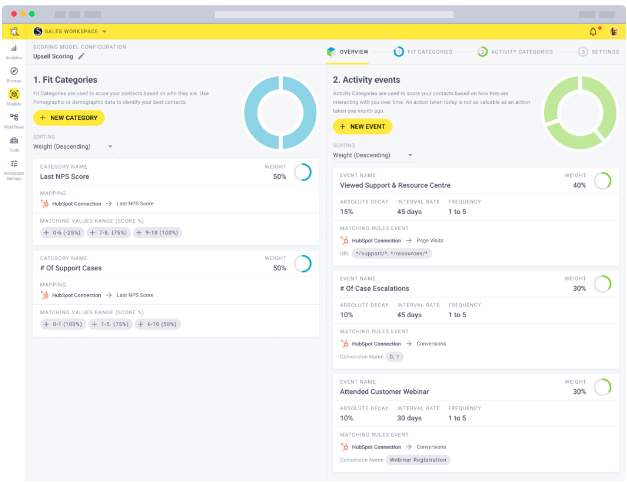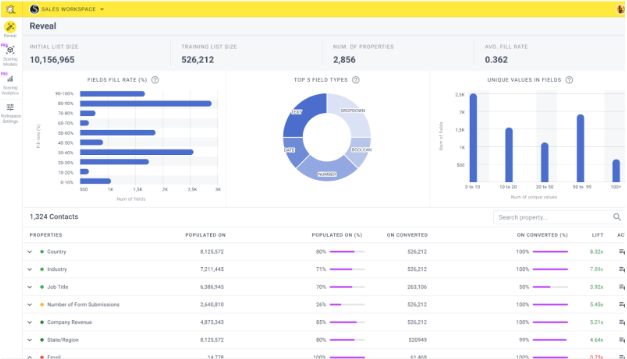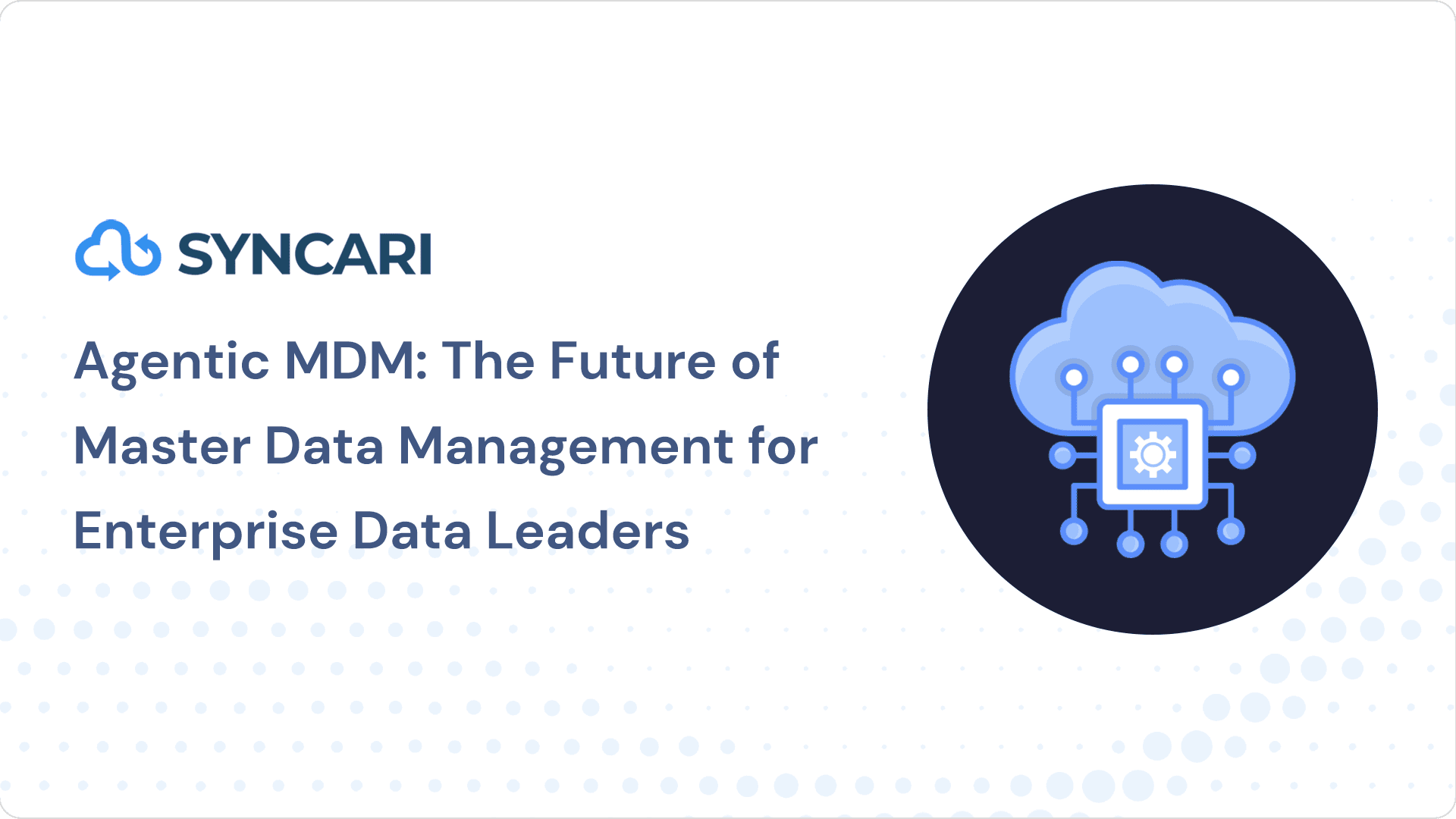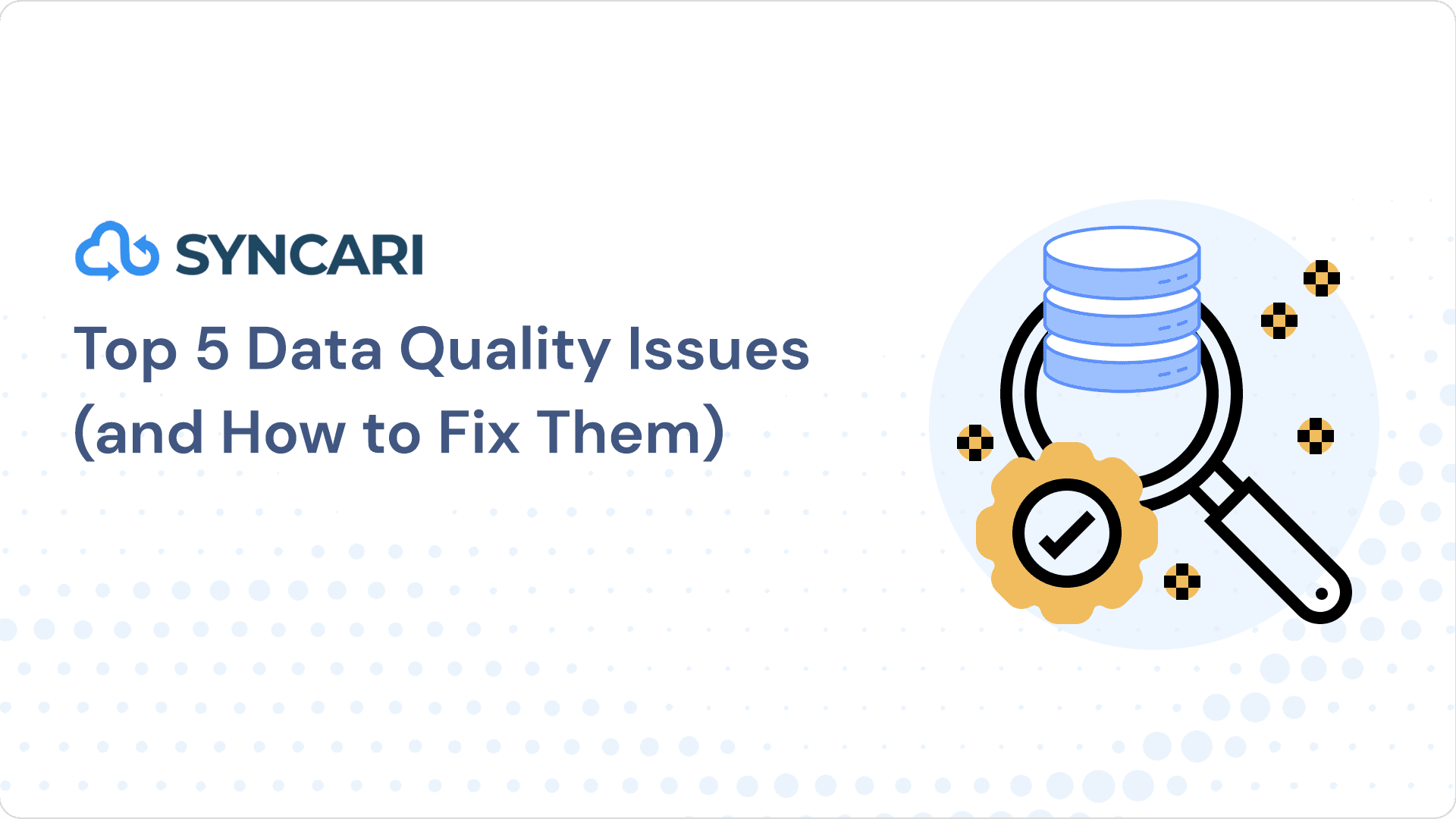Businesses today are typically sitting on a goldmine of data without realizing it. You’ve got data coming in from multiple platforms, touchpoints, and online analytics tools.
The problem here is that the data is all disparate, ending up in what we like to call data silos. It’s not connected, meaning it’s harder for brands to even recognize the true data they have or to leverage it correctly. And if you can’t really see the data for what it is, you can’t get its maximum value, especially when it comes to converting leads.
This is an incredibly common issue with most businesses, and the reality is that it’s costing them money.
There’s good news, though: It is possible to get a complete 360-degree view of your prospects, leads, and customers across the entire buyer and customer journeys. You can understand which behaviors lead to conversions and then optimize for and guide those behaviors throughout your entire funnel, capturing huge pockets of revenue that are currently being left on the table.
It’s all possible through unified contact records, which can be used to fuel your lead scoring tool with high-quality, thorough, and actionable data in order to create that powerful one-two punch for funnel optimization. This is how you can unlock your data’s full potential, and in this post, we’ll show you how.
Why Funnel Optimization is Vital for Your Business
If you want to see your business grow—and if you want to capture every potential sales opportunity and penny of revenue that you can—you need to be focused on funnel optimization.
Funnel optimization is the process of improving every step of the customer journey, and the digital sales funnel so that you’re minimizing potential drop-off spots that would cause customers to disengage.
Minor conversion improvements across every funnel stage can have a disproportionately positive impact on revenue. Imagine, for example, making a few changes to the email campaign users receive when starting the free trial and seeing conversions increase by 15%.
Unified data and lead scoring allow you to get actionable insights that allow you to optimize your funnel, which allows you to sell more and earn more. It can also drive significantly lower customer acquisition costs (CAC) and higher lifetime value (LTV) over time.
What is Unified Data?
Unified data is the process of combining all data from each of your disparate sources into a single location.
Instead of having some data available in your email marketing software, some in your sales software, some on Facebook, and some through product-tracking software, you’ll have all of the data from these different sources syncing up in a single location.
Nothing is being left out of the big-picture view, and it gives you a truly holistic look at your contacts across all of your tech and every touchpoint.
There are third-party tools that make this easier. Many CRMs today, for example, have unified data features that allow them to source data through integrations. Some other platforms, like quality lead scoring tools, can also offer unified data features and benefits.

Syncari studio reflecting the applications connected which includes bi-directional syncs.
What is Lead Scoring?
Lead scoring is the process of leveraging first-party and third-party data to rank contacts or customers in order to identify revenue opportunities. These tools will allow you to customize “lead scoring templates” to give every individual contact a single alphanumeric score that your sales team can see and utilize to drive more purchases.
The best lead scoring tools will look the following:
- Fit, which includes the “demographics” of a brand, like how much annual revenue they earn or what industry they belong to
- Behavior, including how often they open emails or if they filed a support ticket
- The recency of specific behaviors
- The frequency of specific behaviors

Breadcrumbs’ lead scoring models include fit and activity categories as well as recency and frequency of action taken.
How Unified Data & Lead Scoring Can Improve Funnel Performance
So how exactly can unified data and lead scoring lead to improved funnel performance?
Excellent question!
First, it’s important to note that prospects and customers will leave clues all over their customer journey with you that are easily missed; it’s essential not to let your tech stack keep those clues hidden.
Your email marketing software, for example, will know what users are engaging with your email campaigns and who is unsubscribing. Your payment management software can tell you who is purchasing and for how much, and your customer support helpdesk software will tell you who is filing support tickets and how often.
Which users are engaging daily for their free trial? Who is hitting the upper limit of their plan, and who is downloading a free ebook but never engaging with anything else?
You need to combine your own data about marketing and sales activity with data from third-party sources. This allows you to connect omnichannel integrations, as well as track user journeys across marketing, product, sales, and customer service experiences.

Syncari automation flow between Syncari, Salesforce, and Marketo.
Unified data can give you all of this information, and lead scoring can help you make sense of it. It allows you to gain a better understanding of what combination of activities indicates intent, and lead scoring will make it possible for you to flag users who have those specific combinations of activities or traits so your sales team can reach out quickly.
The Benefits of Lead Scoring & Unified Data for Funnel Optimization
These are the five key benefits you can get when using lead scoring and unified data for funnel optimization:
- An actionable and coherent understanding of users across your full journey, including what your ideal customer profile (ICP) is and how to better convert high-value users throughout the funnel
- Lead scoring models that are fully informed and, therefore, higher-performing; you’re not missing any key data or using lower-intent actions (like clicking on a landing page) instead of higher-intent actions (like signing up for a free trial)
- Increased relevance with your sales messages, along with faster response time from your sales team, which can lead to a direct increase in conversions
- Lower customer acquisition costs as you’re able to convert users faster and ideally with fewer campaigns; this can lead to a direct increase in LTV, especially as you’re able to better identify, convert, and retain high-value audiences more often
- A faster-growing and more profitable business, thanks to all of the above

Understand your users through a detailed view of your data, and improve fill rates by identifying high-value users throughout your customer journey.
How to Leverage Lead Scoring & Unified Data for Funnel Optimization
Want to know how to use lead scoring and unified data for funnel optimization? Here’s how to get started:
- Integrate your data. Plenty of great CRMs like Salesforce or HubSpot offer extensive integration options that make this possible and act as a central hub for most of your data. To achieve a true 360-degree view of your customer within a single unified record, you should use something like Syncari.
- Choose a lead scoring tool. You want to look for a specialized tool that focuses exclusively on lead scoring. Choose a tool that goes beyond initial leads and offers diverse templates for existing customers in addition to prospects so that you can optimize your funnel after the initial purchase, too, and always pick a tool that accounts for fit and activity, such as Breadcrumbs.
- Connect the data. Using in-tool or third-party integrations, connect your unified data to your lead scoring tool. From here, you can use the data points to create and test customized models that will help you identify and convert more leads. Remember to split test your lead scoring models to see which prove most impactful, and share the findings with marketing, product, and customer service teams, too.
Wrapping Up: Improve Funnel Conversions With Unified Data + Lead Scoring
Lead scoring is one of the most valuable selling and revenue-boosting tools on the market, but only when you’re using every ounce of data you’ve got in order to fuel it. Unified data that accounts for every user and every touchpoint is the only way to get that high-quality, up-to-date information that gives you every clue you need about which prospects are most interested in converting and who may need a little help to do so. With both hand-in-hand, you’ll be well on your way to accelerating your revenue in no time.


